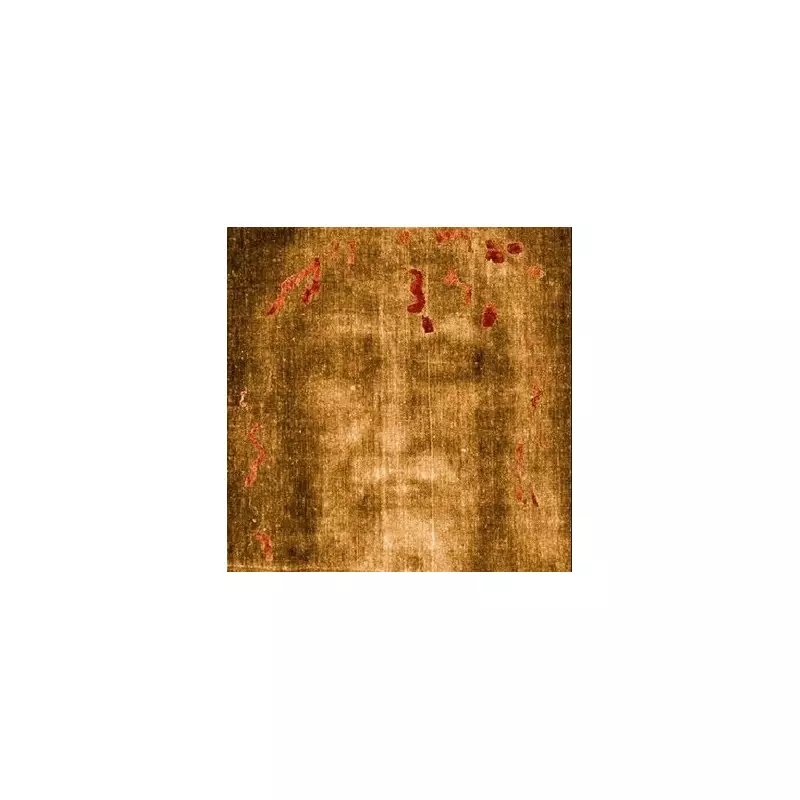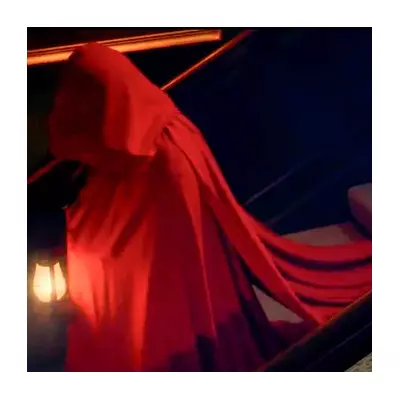
A new scientific study has reignited the debate over the Shroud of Turin, the controversial linen cloth venerated by many Christians as the burial shroud of Jesus Christ. Researchers now claim to have solved the centuries-old mystery, declaring it a 'neat medieval forgery'.
The Science Behind the Controversy
Using advanced forensic techniques, scientists examined pollen grains and plant images on the shroud, concluding they originated from medieval France rather than ancient Jerusalem. 'The evidence points overwhelmingly to a 14th-century origin,' stated the lead researcher.
Key Findings:
- Pollen analysis suggests European, not Middle Eastern origin
- Plant images match species found in medieval France
- Weaving techniques consistent with 1300s textile production
A Blow to Believers
The findings contradict radiocarbon dating from 1988 that first suggested the shroud was medieval. Many faithful had dismissed those results, claiming the tested samples came from later repairs. This new research presents more comprehensive evidence challenging the relic's authenticity.
The shroud, housed in Turin Cathedral since 1578, continues to draw millions of pilgrims despite ongoing scientific skepticism about its origins.





